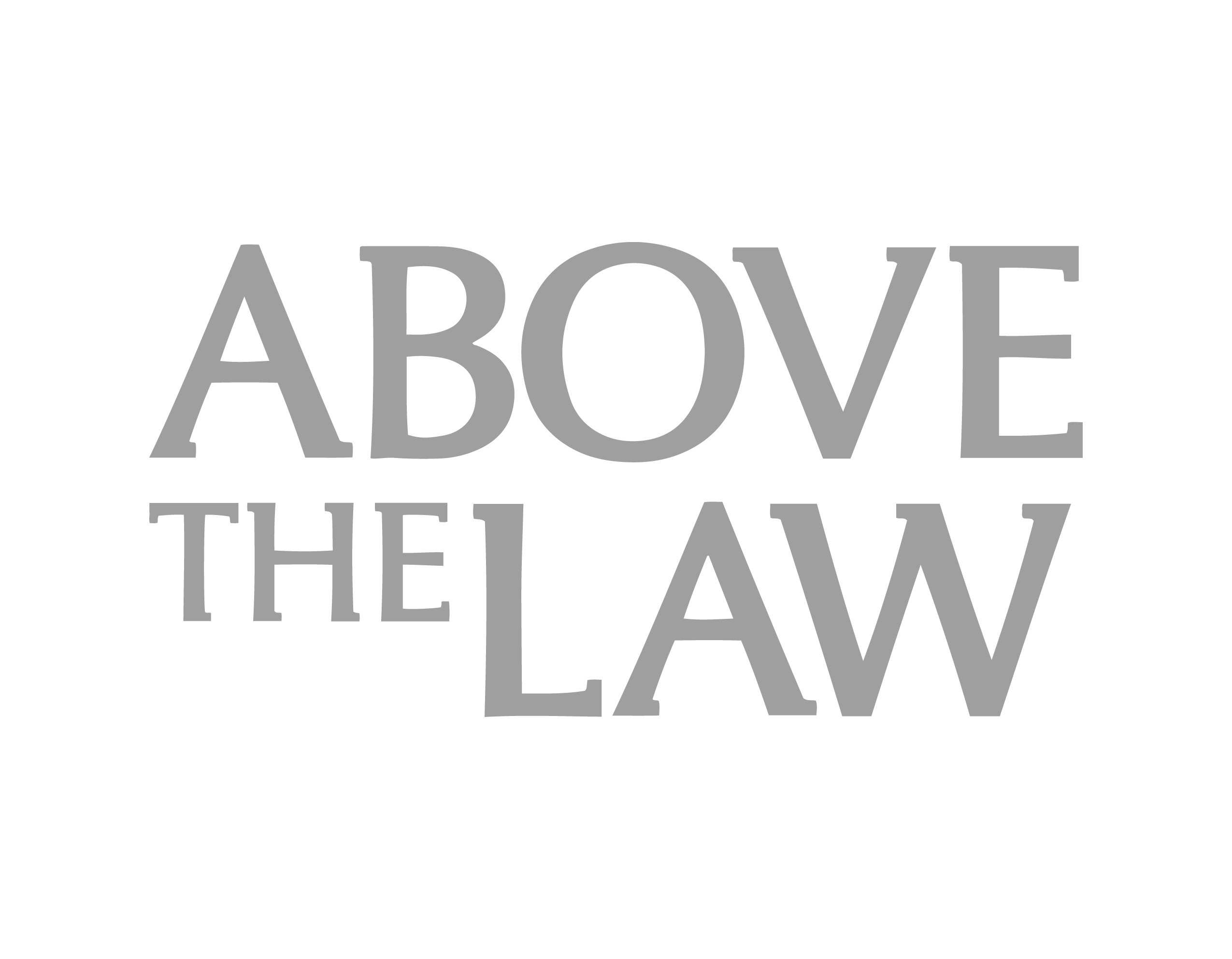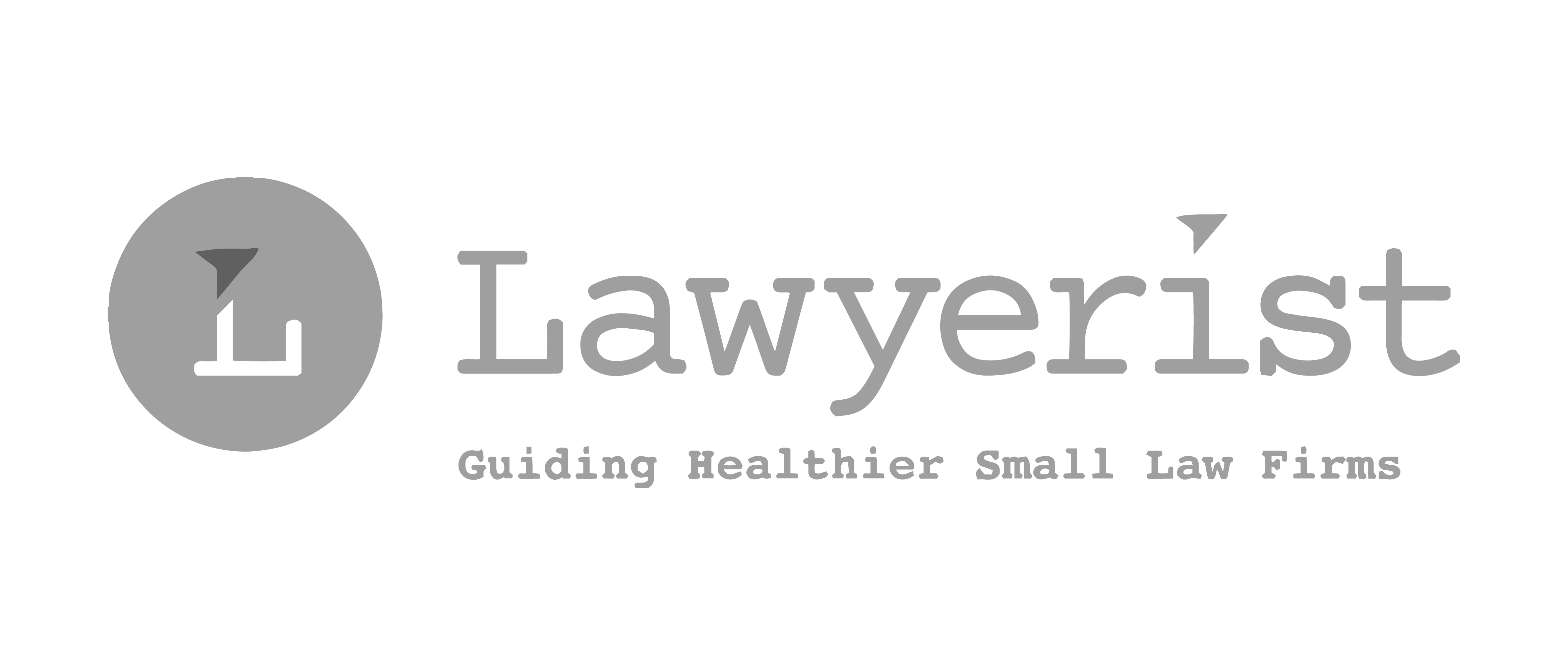Improving Your Law Firm’s Creative Outlook
Law firms think they’ve learned learned a lot about creativity lately. In fact, much of the “legal recession” in the United States centered around coming up with “creative” solutions to economic problems (of course, these “creative” solutions typically involved layoffs and changes in fee structures).
The creativity I want to address in this article is the kind that helps lawyers and companies survive crisis situations, out-think the opposition, and seize unforeseen opportunity.
Lawyers, despite what they think, are not very good at encouraging creative thinking. Certainly, we’re trained to seek out similar opinions to the current situation or to find interesting ways to assist clients avoid regulation, but law firm partners don’t often encourage their teams (associates, junior partners, etc.) to be creative.
In fact, it’s often encouragement the other way: such as encouraging billing hours as high as possible while doing the least work possible or telling junior associates (and even other partners) that new ideas and new concepts are not worthwhile.
A recent study by Professor Kathryn Bartol at the University of Maryland’s Smith School of Business highlights the need for lawyers to strongly reconsider the way they do business. Professor Bartol found that when organizations gave autonomy to their employees to pursue ideas, communicated the importance of that creativity to their employees, and identified areas that required creative solutions, the employees felt more “empowered” and motivated in their work.
In a law firm setting, this creative empowerment can be accomplished in several ways: (1) letting more junior attorneys participate in decision making, (2) conveying confidence in their performance, (3) highlighting the significance of the work performed, and (4) removing (or at least, reducing) the bureaucratic red-tape that stops success in its tracks.
Professor Bartol’s research revealed that the most important factor here is senior leadership – or, in the case of a law firm, the partners. Partners need to be trained (if they don’t understand this already) how to empower the more junior attorneys and how to help those attorneys engage in a rewarding creative legal process. In turn, partners need to recognize that they have a key role in the creation of a empowered and creative legal team.
When a problem is presented, partners need to clearly identify and address it. They must gather information to understand the problem and generate solutions – and this means taking the time and attention to uncover the best solution to the problem. What this may mean is spending some additional time on a matter with the associates – but should save clients (and the firm itself) heading down the road that may cost millions of dollars.
In the end, there are three steps that can be implemented very easily to encourage this critical creative legal thinking:
- Make sure your legal team knows you are looking for new ideas – they won’t know unless you tell them.
- Provide direction while allowing autonomy – you will still need to express what you need done, but let your associates figure out a path.
- Take your time without rushing ideas – allow your legal team to explore the options and gather information without making a decision immediately. Not every idea is good, so take some time to find a more perfect solution!
Share post:








